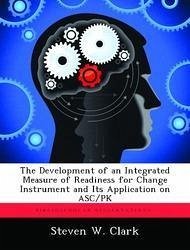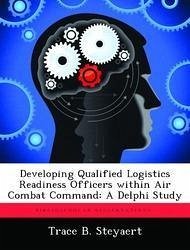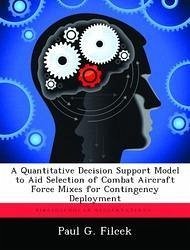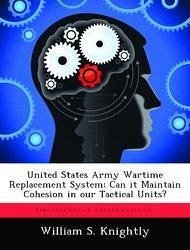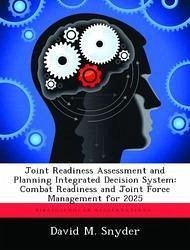
Joint Readiness Assessment and Planning Integrated Decision System: Combat Readiness and Joint Force Management for 2025
Versandkostenfrei!
Versandfertig in über 4 Wochen
52,99 €
inkl. MwSt.

PAYBACK Punkte
26 °P sammeln!
Leaders who organize, train, equip, command, and fight with the air and space forces of 2025 will require a new view of readiness. The current readiness reporting system provides a static snapshot that essentially reports the ability of a unit to accomplish 100 percent of its wartime tasking. The opportunity exists to create a new system for measuring readiness and sustainment, one that will provide military and civilian leaders a more comprehensive understanding of total force readiness and the potential trade-off benefits available. The nature of the world will allow, as well as demand, an i...
Leaders who organize, train, equip, command, and fight with the air and space forces of 2025 will require a new view of readiness. The current readiness reporting system provides a static snapshot that essentially reports the ability of a unit to accomplish 100 percent of its wartime tasking. The opportunity exists to create a new system for measuring readiness and sustainment, one that will provide military and civilian leaders a more comprehensive understanding of total force readiness and the potential trade-off benefits available. The nature of the world will allow, as well as demand, an integrated system for measuring, adjusting, andforecasting readiness and training that will provide the US military with a comparative advantage. This system, called joint readiness assessment and planning integrated decision system (JRAPIDS), will automatically update the readiness status of individuals, units, and forces (active and reserve) while providing decision makers a comprehensive measure of readiness and sustainment that focuses on measurement at the output side of several interdependent modules. The final product consists of a time-variable, mission-scaleable matrix depicting capability available over time in a given theater for a given task or mission. The matrix provides a framework that allows decision makers overall force management capability. Finally, this paper suggests an incremental implementation plan for future JRAPIDS integration connected to potential technology development.





